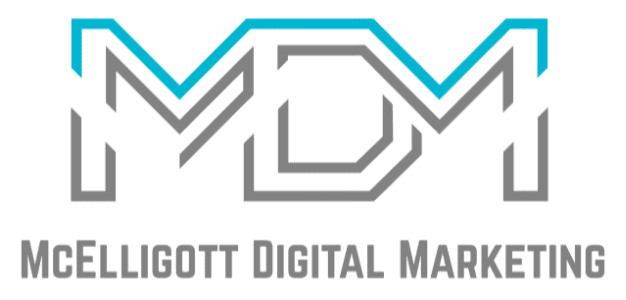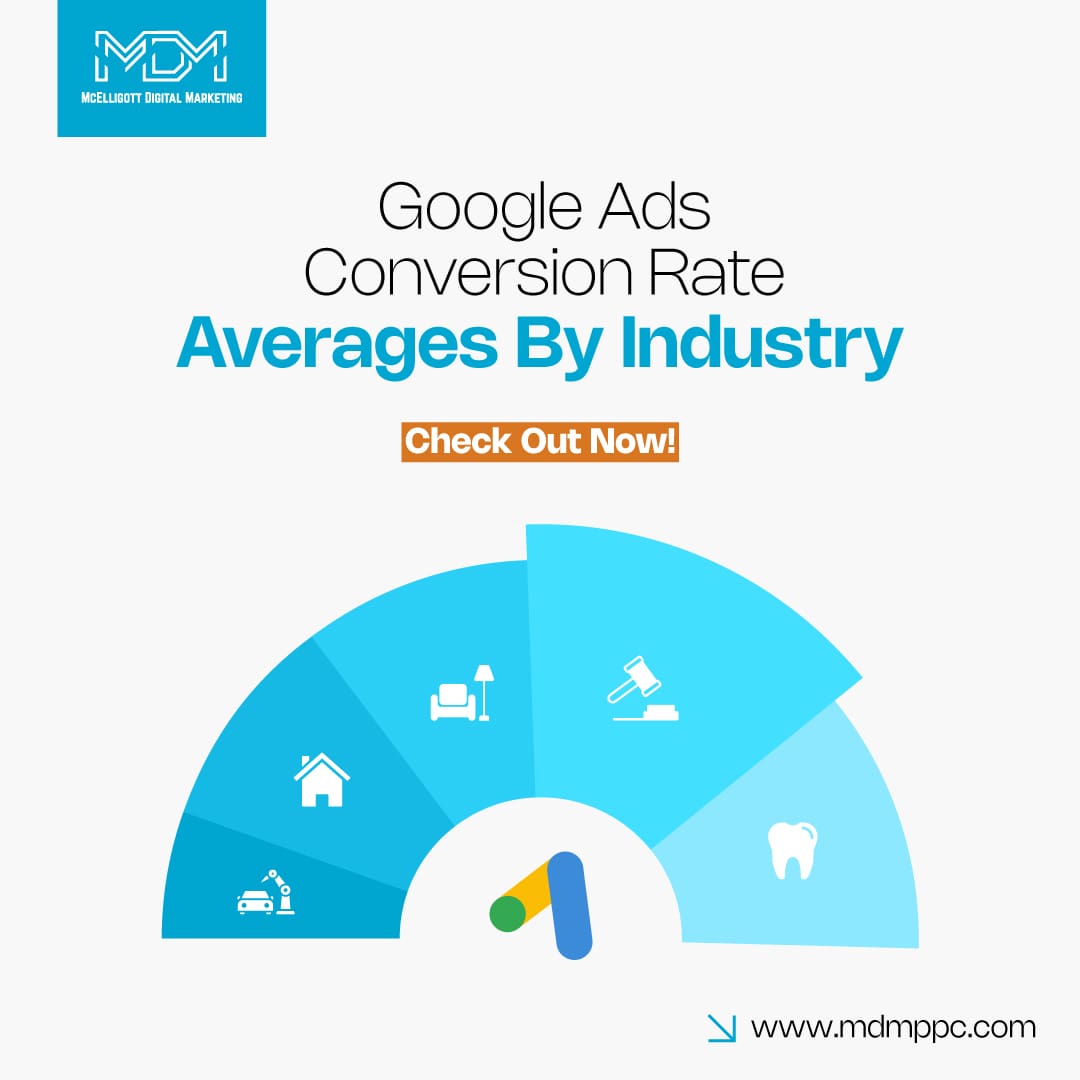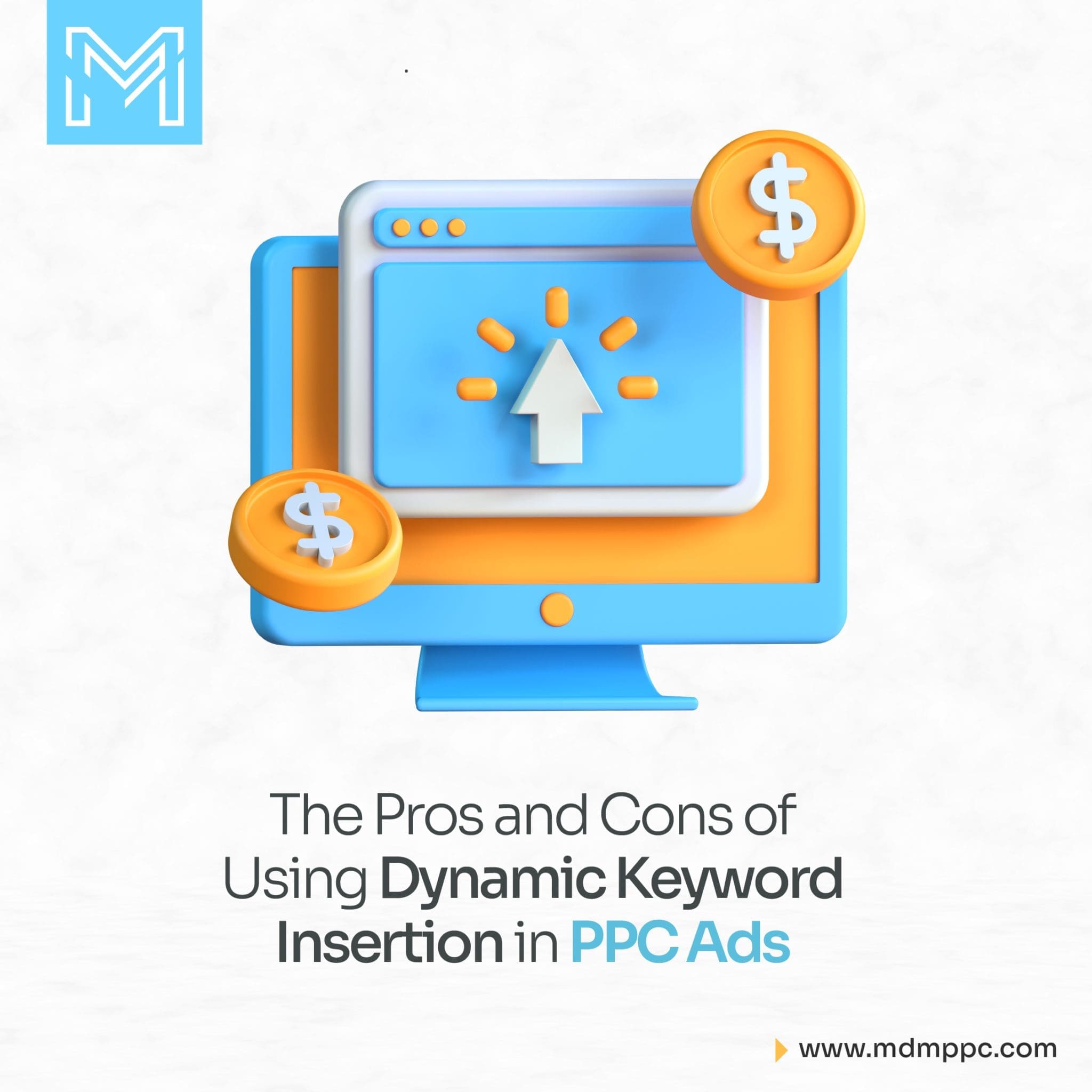Implementing successful performance marketing strategies can grow your brand awareness and boost return on investment (ROI). Whether starting a new business or running one for a while, you probably know about different digital marketing strategies. Online Marketing is important for growing your customer base.
The kind of marketing you choose depends on your long-term goals, products or services, and your target audience.
One newer method is performance marketing, which many businesses find effective. For a successful campaign, you need to understand your audience. Each business has a different target group, so it’s important to know yours. This helps you predict what your customers want.
To succeed, you should learn all about performance marketing, including the basics, channels, and key performance indicators (KPIs).
In this blog article, you’ll learn the benefits of marketing strategies, performance marketing channels, and performance marketing tips.
What is performance marketing?
Performance marketing combines paid advertising with brand promotion. Here, affiliates and marketing companies get paid only when a specific action happens, like a lead, sale, booking, or download.
This method benefits both the retailer (merchant) and the affiliate (publisher). It lets you run campaigns that bring a high return on investment (ROI). You need to pay only when a real action happens, making sure their money is well-spent.
Your business also gets extra brand exposure and targeted traffic during the campaign.
Simply put, the marketing company will create a plan for your business. You only pay them once you start seeing more visitors on your website and more business growth.
There are many ways to use performance marketing, and the right way depends on different factors. Digital ads are a big part of this strategy. When potential customers see and click on these ads, your chances of success go up, which is exactly what you want.
Also read: Performance Marketing vs Growth Marketing
Benefits of Performance Marketing Strategies
Performance marketing offers several key advantages for businesses looking to optimize their marketing efforts:
1. Cost efficiency – You only pay for successful actions like leads, sales, or clicks. This way you’ll spend less on marketing and see a better return on investment (ROI).
2. Real-time optimization – You can track and adjust the campaigns instantly, and make changes that improve results right away.
3. Precise targeting – You can customize campaigns to reach specific audiences based on factors like demographics, interests, location, and behavior, making your efforts more effective.
4. Wide platform reach – With the help of performance marketing channels, you can reach people across different platforms, including social media, search engines, email, and mobile apps.
5. Low risk and scalability – Since affiliates are paid only after a desired action occurs, your Cost Per Acquisition (CPA) is lower, leading to a higher ROI. This also frees up the budget to explore and test other marketing strategies, helping your business grow and stay competitive.
6. Brand awareness – While working with affiliates and agencies that have established audiences, you can expand your reach and increase website traffic.
7. Measurable results – Performance marketing channels have transparent tracking, allowing you to monitor the entire customer journey and identify the most effective channels, partners, and strategies.
8 Common Performance Marketing Channels
Performance marketing is the current trend that everyone wishes to follow. Here are some of the common performance marketing channels.
1. Social media
Skilled marketers tend to utilize social media with the hope of reaching their intended market. Platforms such as Facebook, Instagram, and Twitter help businesses enhance their awareness and sales of the business by directly reaching the desired customers.
Social media marketing is the heart of performance marketing especially since it allows for precision-targeted advertising depending on people’s interests and their activities; such that better results are achieved as the right people are reached. It wraps up with email marketing most of the time.
While social media helps bring in fresh clients to a business, email marketing helps to retain such clients by providing suitable content and deals for them. The best strategy is the one that will best serve the interests of the business.
2. Display ads
Display ads can be found in a lot of places such as social networks, other websites, mobile applications, etc. Display ads are also included in the content of internet advertisements. These ads are typically colorful and engaging and can contain videos, images, and interesting texts in order to catch people’s attention.
Such adverts serve greatly in creating visibility for the brand. They appear on the websites or applications visited by such people and therefore help ensure that such people remember the brand. In terms of media, display advertising comes in multiple forms, which means that they can be tailored for different people, thus making them an effective means of advertising.
Also read: Types of Digital Ads
3. Content marketing
Content marketing channels are places where you can share your content. Popular channels include YouTube, podcasts, Instagram, TikTok, Facebook, and personal websites.
The content you create is made to attract your target audience and encourage them to choose your business.
4. Native advertising
Native advertising channels are effective because these paid ads are made to look like the content of the websites where they appear.
Native ads are designed to avoid looking like regular ads. Instead, they fit in so well that they seem like a natural part of the site.
5. Search engine marketing
Search engine marketing (SEM) means paid advertising strategies to enhance a website’s visibility on search engine results pages (SERPs). This includes pay-per-click (PPC) advertising, which allows you to bid on keywords relevant to your products or services. With the right PPC strategy, you can reach your target audience in no time, promote products and services, and increase your brand awareness.
6. Affiliate marketing
Affiliate marketing and sponsored content are often used interchangeably because they are quite similar.
“Sponsored” content means that a company pays a content creator to promote its brand. Any company can have a sponsor. If your business is linked with a well-known sponsor, it can help you grow quickly.
7. Email marketing
Email marketing is a powerful performance marketing channel to send targeted emails to your mailing audience. You can create personalized messages to make announcements, give discounts, and promote your products.
The benefits of email marketing include precise targeting and measurable results, helping businesses build strong relationships with customers.
8. Influencer marketing
Influencer marketing is a performance marketing channel where brands work with popular online personalities known as influencers. These influencers promote products or services through engaging content.
Brands usually pay influencers based on results, like sales or website visits generated from their promotions. This approach benefits from the trust that influencers have with their followers.
Performance marketing tips
1. Define your campaign message
Know your campaign goals, like increasing sales or brand awareness. A clear message helps connect with your audience and guides your marketing team.
2. Establish your brand positioning
Decide how you want people to see your brand. Focus on your strengths, like good service or low prices, to stand out from competitors and reach the right audience.
3. Set performance targets
Use Key Performance Indicators (KPIs) to measure success. Set specific goals, like increasing website visitors or sales, based on past campaigns.
4. Understand your channel mix
Use multiple marketing channels to reach your audience. Analyze where they spend time online to make the most of your advertising budget.
5. Optimize your website
Make sure your website can handle increased traffic from your campaign. A well-designed site keeps visitors engaged and helps convert them into customers.
6. Launch your campaign
Once everything is ready, launch your campaign with customized content for each channel. This is important so that the audience takes action.
7. Monitor and optimize throughout
After launching, track your metrics to see what works. Adjust your ads based on performance and test different versions to improve results. Learn from successes and failures to make future campaigns better.
Conclusion
Performance marketing is a great way to reach and convert more customers at a lower cost. By working with affiliate networks, you can expand your reach beyond traditional marketing.
To succeed, focus on what works for your brand and partners. Once your goals are set, start building connections.
If you’re interested, consider McElligott Digital Marketing. We offer customized marketing plans to boost sales and help you reach your goals.
Schedule a free consultation with us at (833) 772-4897 now.
Performance marketing FAQs
1. Who uses performance marketing?
Every business, from small startups to big companies, can use performance marketing. It’s great for those who want to see the exact impact their marketing has on sales and profits.
2. What is a performance marketing strategy?
A performance marketing strategy focuses on tracking and improving marketing results. It means setting clear goals, monitoring progress, and using data to make better decisions.
3. What are the most common types of performance marketing?
Here are the most common performance marketing channels.
- Social media advertising
- Display ads
- Content marketing
- Native advertising
- Search engine marketing
- Affiliate marketing
- Email marketing
- Influencer marketing





